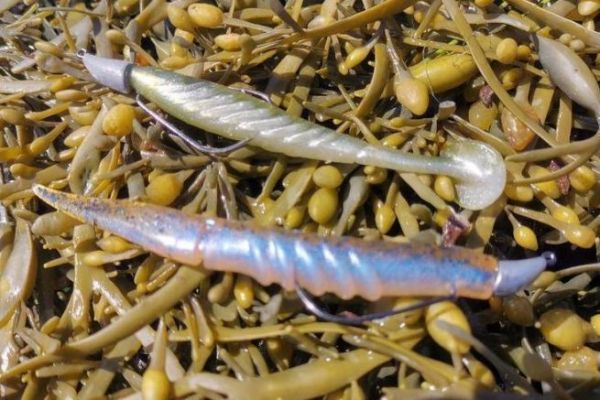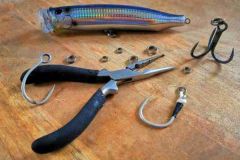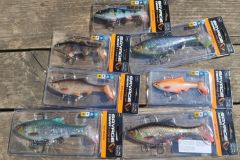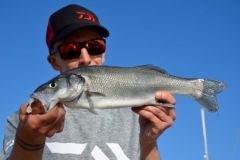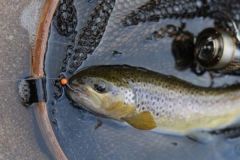Fishing in congested areas means frequent snags, and the vast majority of lures available on the market prove totally ineffective. If rubber jigs with brushes or spinnerbaits can move through obstacles, so can any soft lure fitted with a Texan hook.
Choosing the right shape and size
I invite you to consult a subject we've put together the previous section to help you choose the right hook shape and size for your soft lure. But remember that for a shad, a hook with a wide gap and half the length of the lure is a good starting point, while for a slug, an offset hook is more appropriate and a third of the length is sufficient.
Here's how to mount a soft lure on a Texas hook:
Step 1
Check the length of the lure you have to cross.
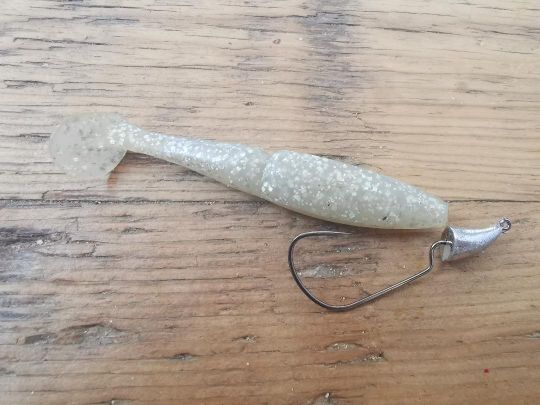
Step 2
Prick the head of your lure with the point of your hook and bring it out (under the lower part of the lure's head) to the length previously measured.
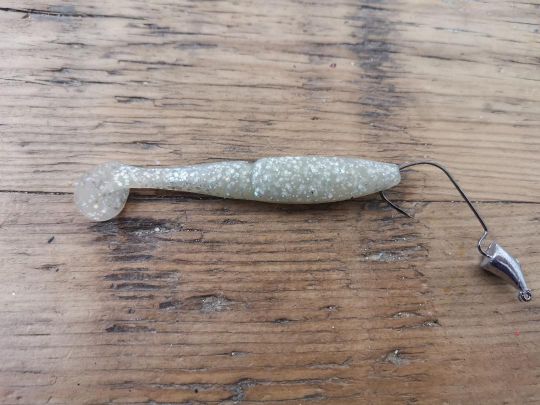
Step 3
Slide your lure to the eye of your hook.
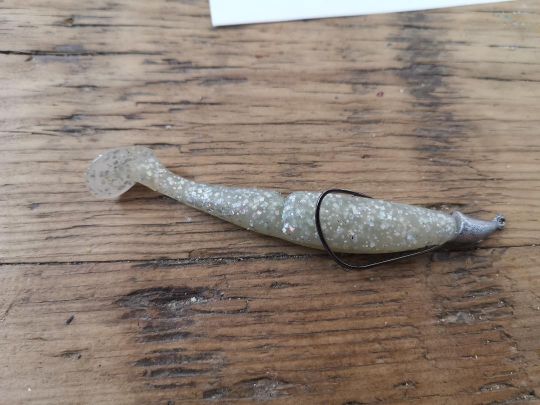
Step 4
Cross the lure with the point of your hook to bring it out at the top.
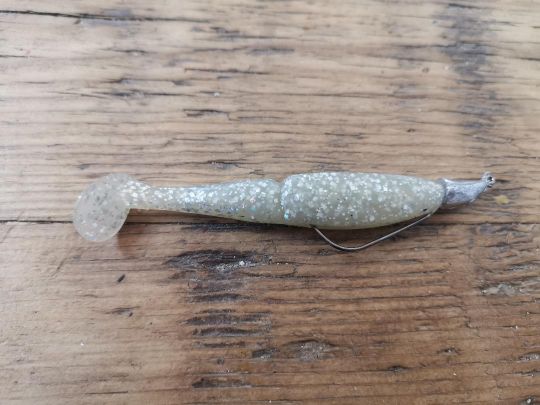
Tips
There are a few tricks you can use to make your installation more effective:
- In very crowded places, you can sink the hook point into the lure mass. However, you'll need to strike harder.
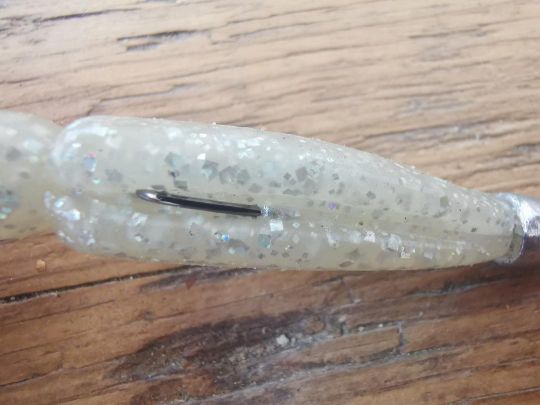
- To prolong the life of your lure, if your Texan hook is leaded at the head, you can slip a glue point onto it.
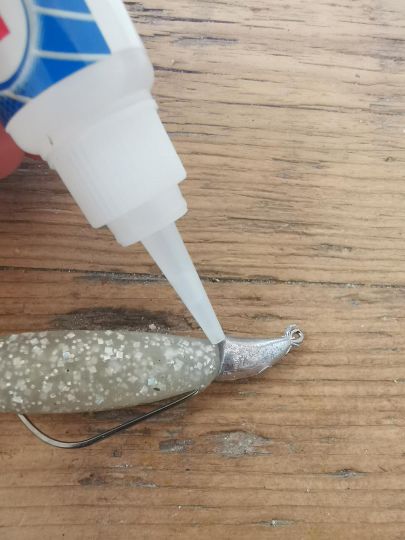
- Finally, with Texas hooks, after one or more catches, your lure tends to tear at the head, so you can mount it upside down or on its side, and it will remain effective.
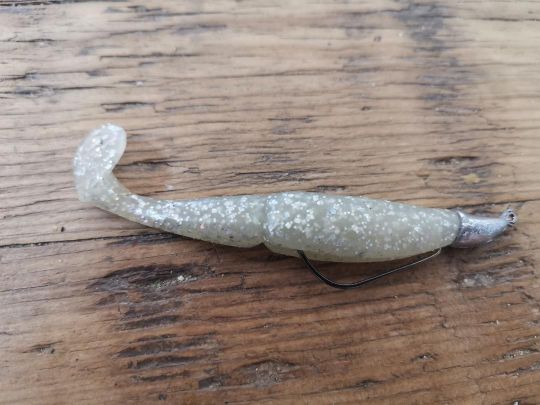
spring hooks
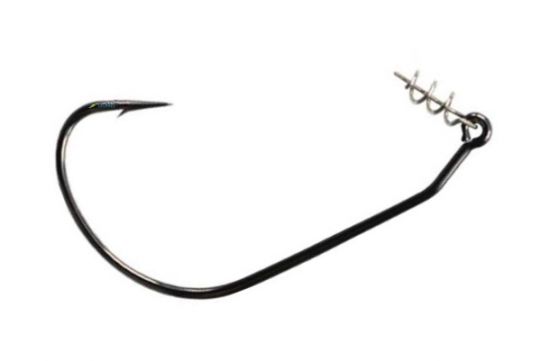
Some Texas hooks have a spring at the eye. You can then screw your soft lure onto this spring and set your hook. The lure will last much longer with this type of attachment.

 /
/ 